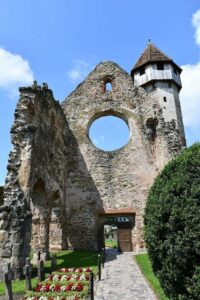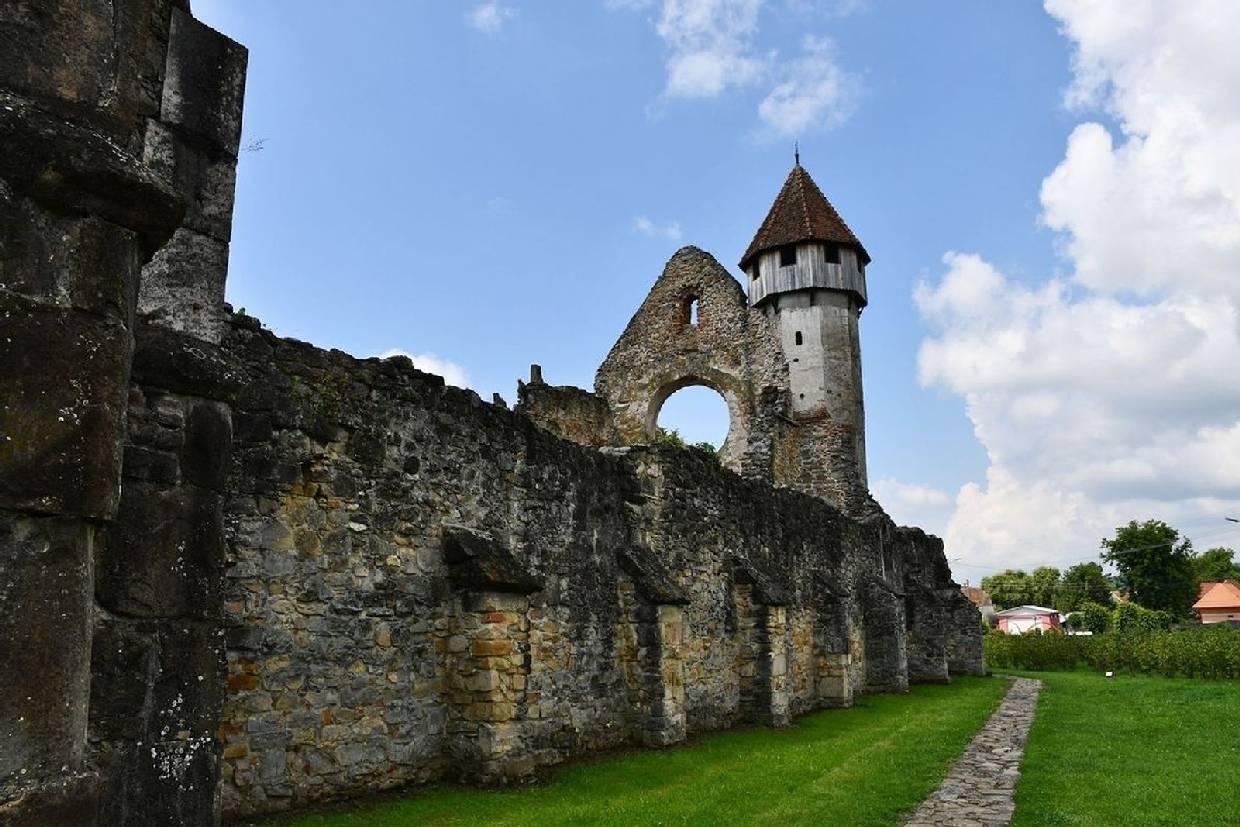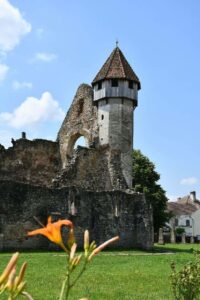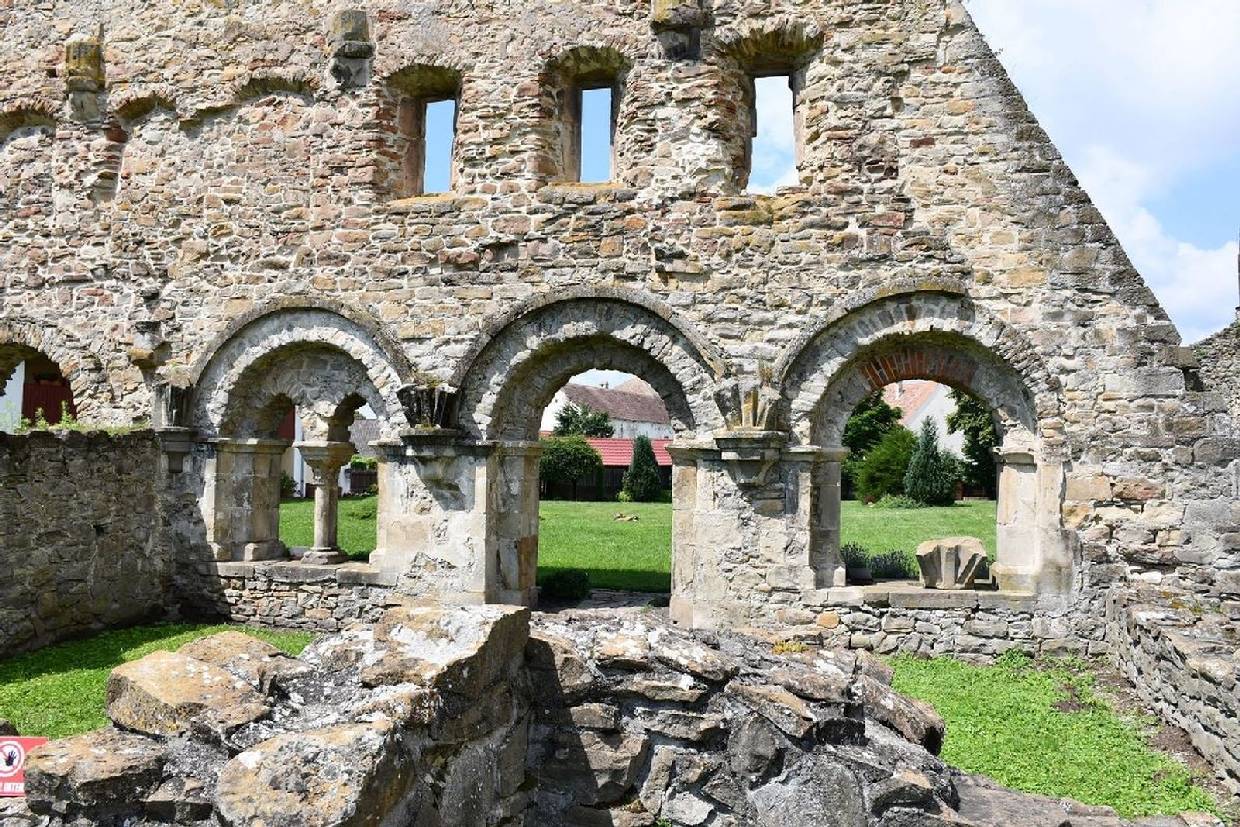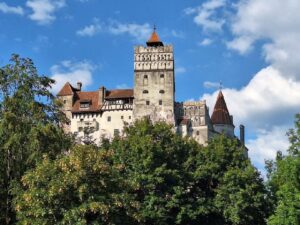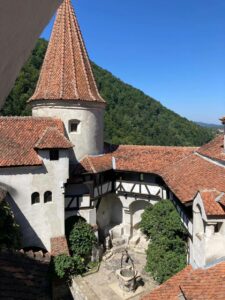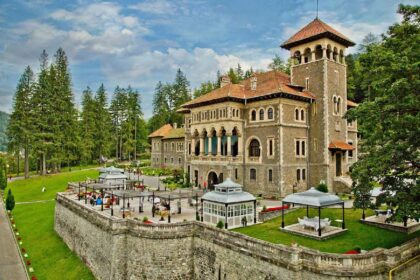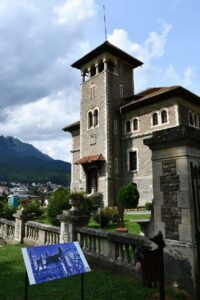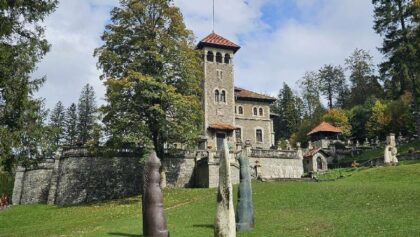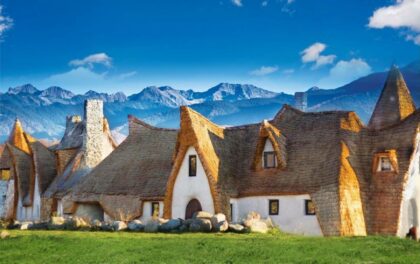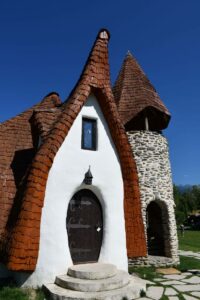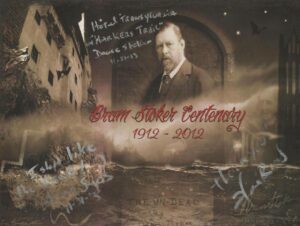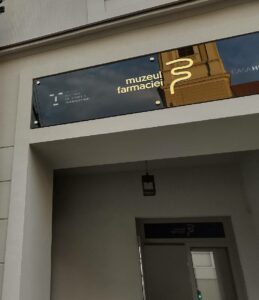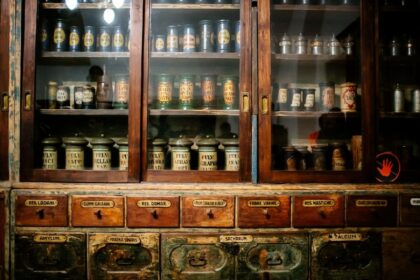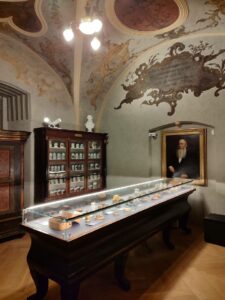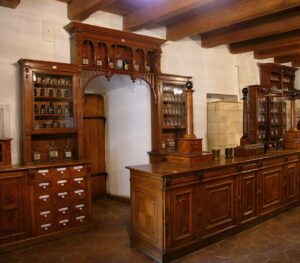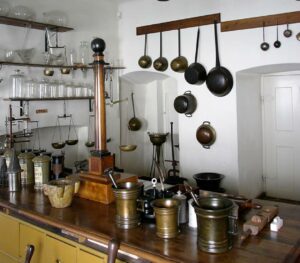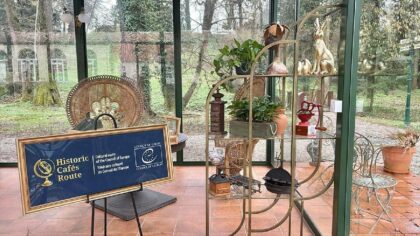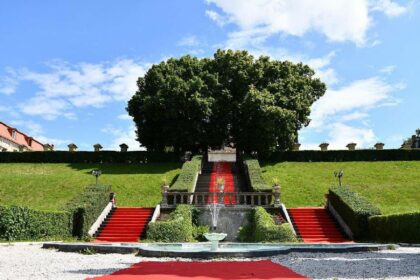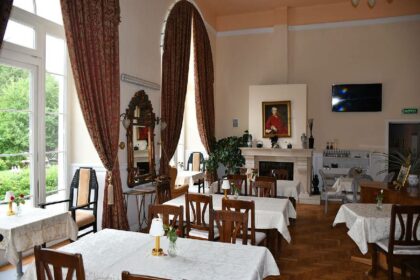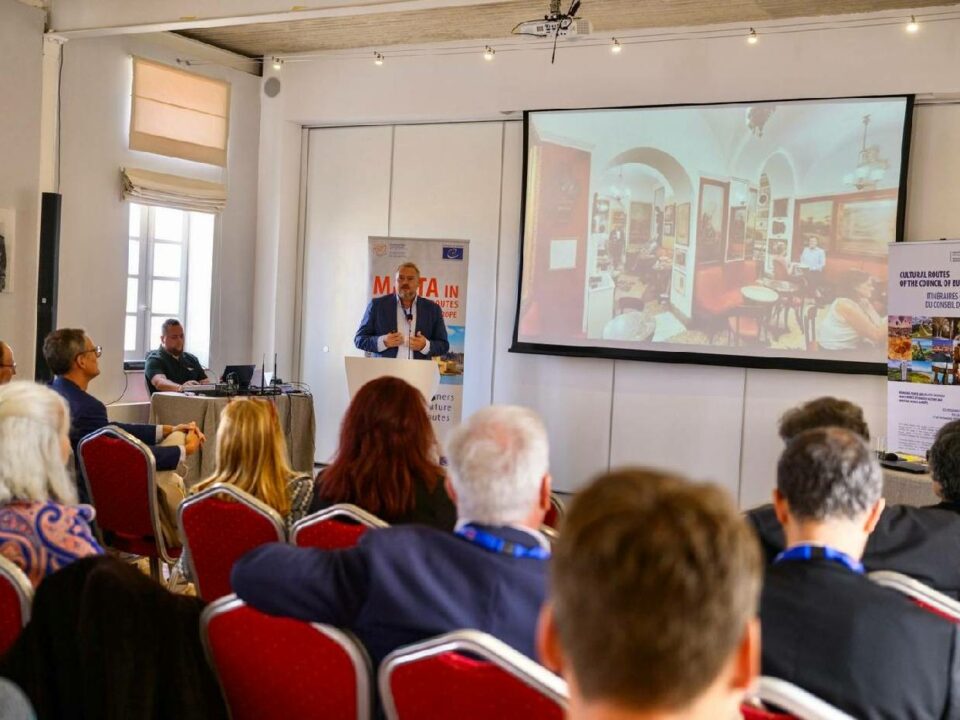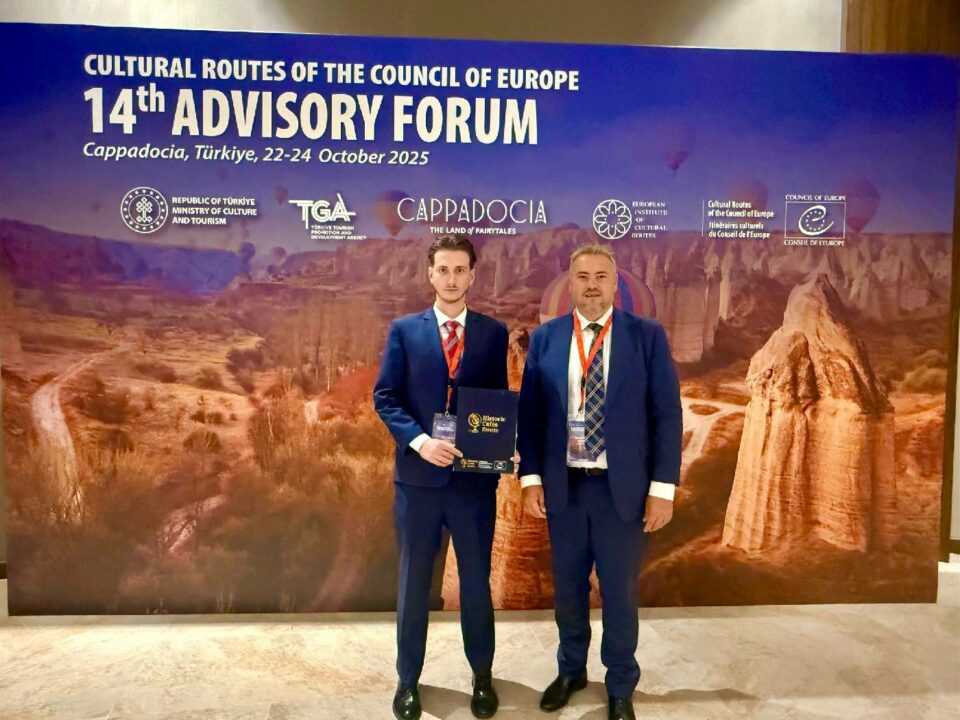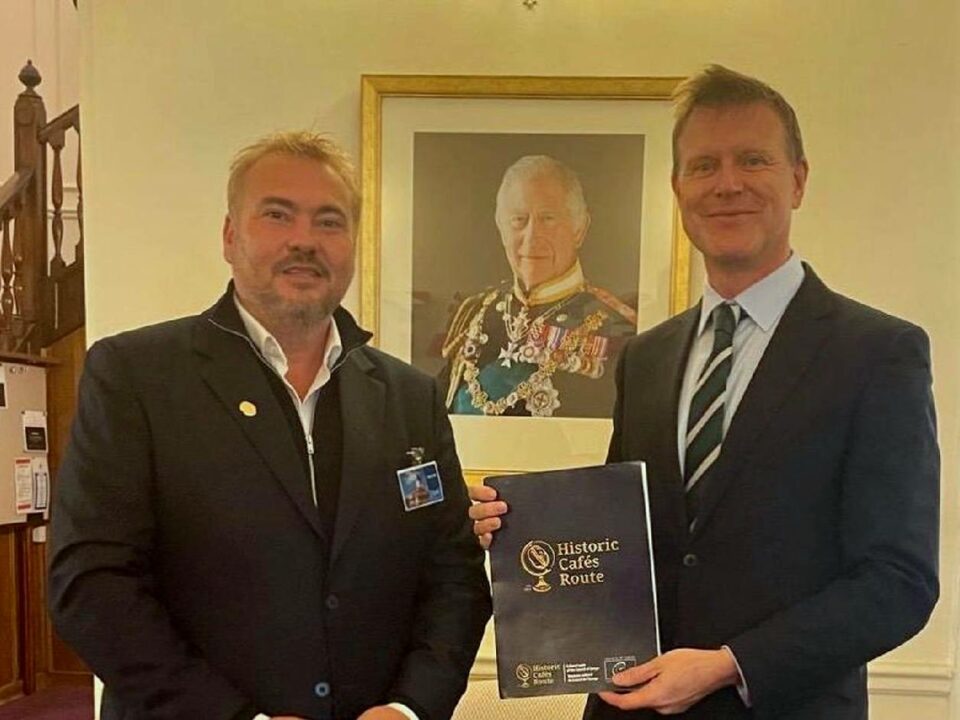Cultural Routes FOR Cultural Travel | 2019 / Sibiu
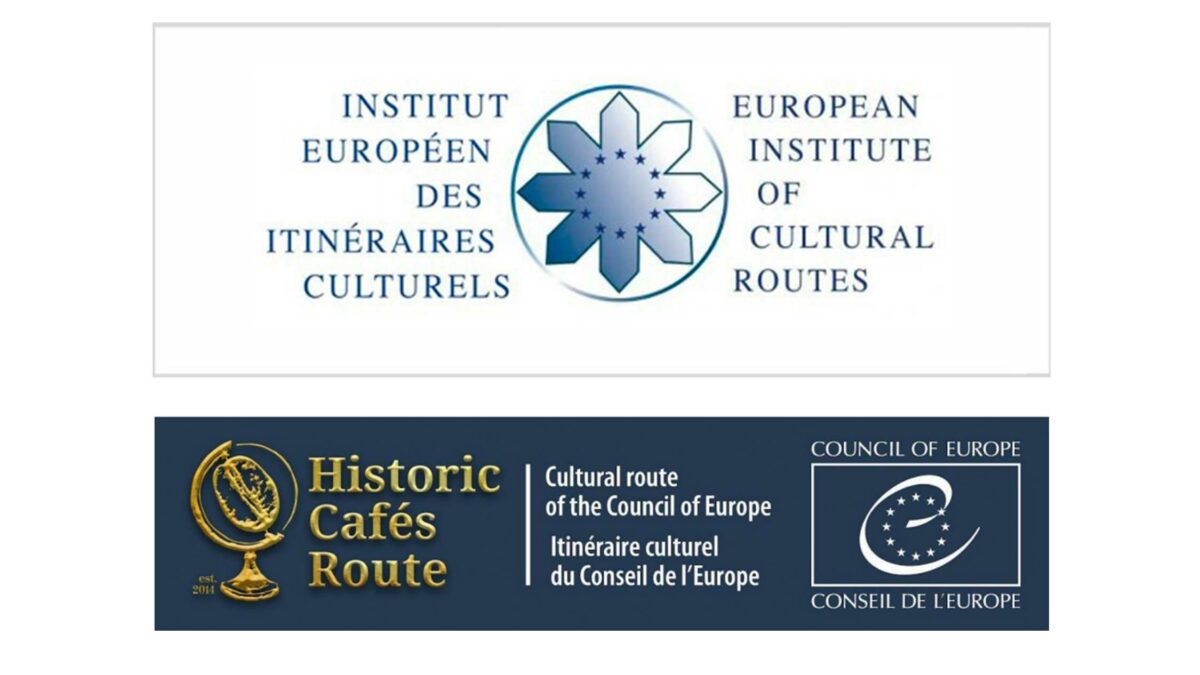
HCR EXPERIENCE MAP TRANSYLVANIA | On the trail of the HISTORICAL ROUTE OF COFFEE HOUSES IN EUROPE | DRACULA | TRANSFAGARASAN
Experience Transylvania, the land of DRACULA, vast and untouched nature, and the road of all roads… the TRANSFAGARASAN and LAKE BALEA. Follow in the footsteps of HISTORIC COFFEE HOUSES and experience Romania in a whole new way [read more].
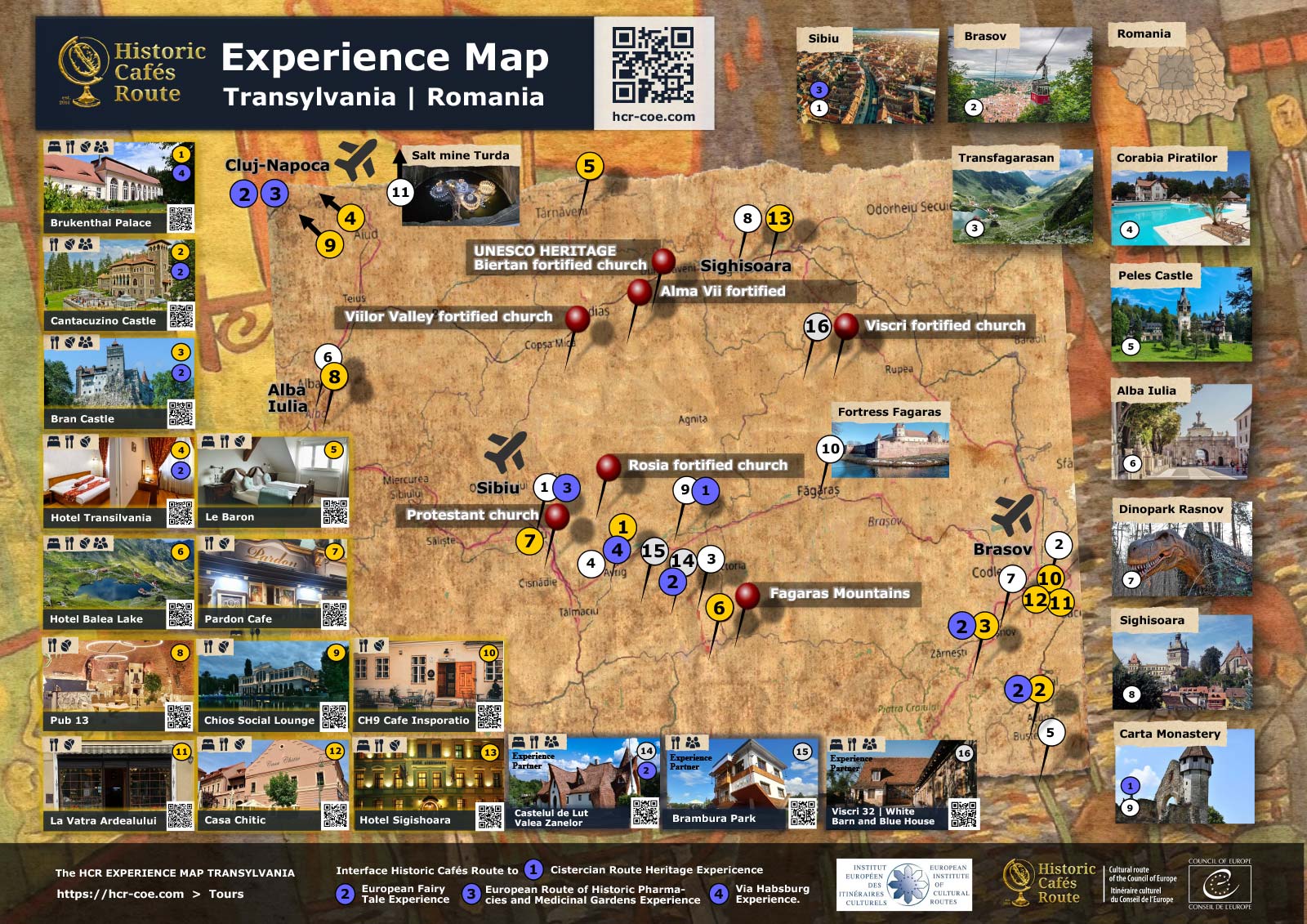
1 Culture Route: European Route of the Cistercian Abbeys
The "European Route of the Cistercian Abbeys" entered the program of cultural routes of the Council of Europe in May 2010 (the mention was officially given on 10/12/2010 at the Abbey of Escaladieu). The main objective of this itinerary is to highlight the Cistercian heritage by updating the paths of European monastic influence in the Middle Ages. Since its foundation in 1098 in Citeaux,the Order, which follows the Rule of St. Benedict, has had an extraordinary diffusion throughout Europe, starting from the four ʽmother-abbeysʾ: La Ferté, Pontigny, Clairvaux, Morimond. No other religious Order increased so greatly in such a short time. Thus, Cistercian heritage transcends local particularities to contribute de facto to the European cultural identity; it represents an inestimable common cultural heritage, a still current example of "sustainable management" of the territory, a contribution to education and knowledge.
Interface: Carta Monastery
2 Culture Route: European Society for Fairy Tales
The European Fairy Tale Society (EMG) was founded in 1956 at Bentlage Monastery/Castle (Rheine), at a time when the building was still used as a castle. From the outset, its aim was ‘to support fairy tale research and to preserve and disseminate the fairy tale heritage of all peoples in order to contribute to mutual understanding among people’ (from the EMG statutes) [read more].
Interface: Castle Bran | Castle Cantacuzino | Castelul de Lut Valea Zanelor | Hotel Transilvania
3 Culture Route: European Route of Historic Pharmacies and Medicinal Gardens
The European Route of Historic Pharmacies and Medicinal Gardens recounts the development of botanical and pharmaceutical medicine in Europe through sites that played a crucial role in the history of medical knowledge. Medicinal gardens were places where herbalists cultivated and studied plants with healing properties. Treasures of biodiversity, these gardens continue to preserve ancestral knowledge. Historical pharmacies, with their collections of antique bottles, recipe books and medical instruments, reflect the evolution of pharmaceutical science. Combining cultural and natural heritage, this route invites visitors to explore exceptional botanical landscapes while delving into the history of medicine. It promotes a historical heritage that is a source of memory, cultural identity and sustainable human development [read more].
4 Culture Route: Via Habsburg
The House of Habsburg was one of the most influential royal houses of Europe. To a certain extent the history of the Habsburgs is also our history. From 996 to 1815 the personalities of this major dynasty had a decisive influence on history, as they helped to form the geography and the fate of Europe. Ententes and disputes, power struggles and territorial conquests, times of war and of peace… all divided peoples but also reunited them and formed bonds, which endure over time [read more].
Interface: Brukenthal Palace
The Cultural Routes of the Council of Europe program | Sibiu, Romania | October 2019
The Cultural Routes of the Council of Europe Programme, launched by the Council of Europe in 1987, provides a framework for the development of thematic routes that demonstrate how the heritage of the different countries and cultures of Europe can contribute to a shared cultural heritage. The Cultural Routes embody the fundamental principles of the Council of Europe: human rights, cultural democracy, cultural diversity and identity, dialogue, mutual exchange and enrichment across boundaries and centuries.
The Enlarged Partial Agreement on Cultural Routes of the Council of Europe (EPA), was established in 2010 (Resolution CM/Res(2010)53), to enable closer co-operation between states particularly interested in the development of Cultural Routes. The EPA on Cultural Routes reinforces the potential of Cultural Routes for their cultural co-operation, sustainable territorial development and social cohesion, with a particular focus on themes of symbolic importance for European unity, history, culture and values and the discovery of less well-known destinations.
Tourism is an important dimension of the Cultural Routes Programme and the Cultural Routes of the Council of Europe are required to meet eligibility/certification criteria through the “development of initiatives and exemplary and innovative projects in the field of cultural tourism and sustainable cultural development” and the themes of the Routes must also lend themselves to the “to the development of tourist products in partnership with tourist agencies and operators aimed at different publics, including school groups” (Resolution CM/Res(2013)67).
Cultural tourism and sustainable cultural development is a priority field of action for the Cultural Routes through which they must:
• Take account of local, regional, national and European identities;
• Actively involve print and broadcast media and make full use of the potential of electronic media in order to raise awareness of the cultural objectives of Route projects;
• Promote dialogue between urban and rural cultures, between regions in the south, north, east and west of Europe, and between developed and disadvantaged regions;
• Promote dialogue and understanding between majority and minority, native and immigrant cultures;
• Open up possibilities for co-operation between Europe and other continents through the special affinities between certain regions;
• Concern themselves, in the field of cultural tourism, with raising public awareness, drawing decision makers' attention to the necessity of protecting heritage as part of sustainable development of the territory and seek to diversify both supply and demand, with a view to fostering the development of quality tourism with a European dimension;
• Seek partnerships with public and private organisations active in the field of tourism in order to develop tourist products and tools targeting all potential publics.
Cultural tourism is thus a central concern for the Cultural Routes of the Council of Europe; a concern that not only acts to propel the sustainable development of communities and regions across Europe but that also acts to promote cross-cultural understanding, inter-cultural dialogue and the development of partnerships and collaboration.
Background
The term cultural tourism embraces several inter-related dimensions. It is normally conceived of as a form of tourism that has, as its prime motivation, the desire to engage with culture as expressed though tangible heritage sites, monuments, museums and galleries together with increasing emphasis on intangible heritage forms such as festivals, rituals, music and dance performances, food and importantly, memory. However, cultural tourism is founded upon a more fundamental aspiration to experience the traditions and the everyday life of cultures, societies and communities outside of our own. It is an experience of difference, rooted in histories and stories but expressed through peoples, places and practices that we can engage within the present. Engagement with difference is very much a feature of cultural tourism, providing the basis not only for enjoyment and entertainment but also for education and a deeper understanding of the world.
According to the latest definition of cultural tourism as formulated at the Twenty-second session of the UNWTO General Assembly held in Chengdu, China in 2017, the attractions of cultural tourism relate to the: “…..distinctive material, intellectual, spiritual and emotional features of a society that encompasses arts and architecture, historical and cultural heritage, culinary heritage, literature, music, creative industries and the living cultures with their lifestyles, value systems, beliefs and traditions.”
The places, landscapes and heritage sites that attract tourists, the stories and events that enthrals them and the food, drink and hospitality that they consume, are important anchor points for local, regional and even national economies but, more than that, they are real entry points for inter-cultural dialogue and trans-national understanding that only flourish when peoples come together. On the part of the tourist, cultural tourism allows for a slower, more immersive and ultimately more rewarding type of experience. On the part of the host community, cultural tourism allows for the expression of tradition, pride and a creativity that produces distinctiveness and authenticity that can be translated into highly desired tourism products and packages and that will allow a more sustainable approach to the utilisation of both cultural and natural heritage.
Internationally, according to the findings of a Tourism and Culture Survey undertaken by UNWTO (2015), some 40% of all international arrivals are cultural tourists. This is likely to be an underestimate and certainly with respect to arrivals into Europe the figure is much higher. The extensive and diverse culture and heritage of Europe ensures that there is considerable growth potential for international cultural tourists.
The demand for the cultural experiences through tourism continues to grow within Europe as well. According to a 2018 Eurobarometer survey on cultural heritage, more than two thirds (68%) of Europeans agree the presence of cultural heritage can have an influence on their holiday destination, and the majority of respondents in each EU Member State agrees. Profiles of cultural tourists are perhaps wider than was once thought and range from the older, well-educated visitor to the younger independent traveller. The ways of experiencing different cultures is also changing with the move to digital economies and global inter-connectivities. Social media, artificial intelligence and virtual reality all have a role to play in defining the relationships between tourists and the cultures they encounter. However, the fundamental core of cultural tourism remains the encounter between peoples and the stories and practices they have to share.
Cultural Routes FOR Cultural Tourism
The Cultural Routes of the Council of Europe are, by definition, routes for tourists; from the earliest pilgrims to present day virtual travellers. They link destinations, create and bring to light unique experiences and cultural insights. The Routes provide cohesive narrative to involve different nations, communities and organisations that all, to varying extents, have a role in providing a quality experience for tourists, whether they are international or day visitors. They provide platforms for cultural exchange and creative cultural expressions and in doing so add to the artistic and cultural life of those along the Route and also provide for new experiences - various artistic interventions, festivals and events - for visitors to enjoy. Clearly the Routes don’t have to be followed in their entirety rather, many are frequently experienced as short sections and small circuits, allowing tourists to tailor their experiences to suit their available time and budgets.
The Cultural Routes of the Council of Europe have a tremendous capacity to develop cultural tourism; forms of tourism built upon on the principles of sustainability, community involvement and the production of local goods and services. At the level of individual Routes and, at the pan-European level, cultural tourism is an increasingly important driver for economic and social development. Across many regions of Europe and both individually and collectively, the Routes provide distinctive, authentic, cultural tourism products which transcend boundaries.
The Council of Europe Cultural Routes 9th Annual Advisory Forum
Successful cultural tourism is founded on partnerships and collaboration across different policy sectors, practitioners and communities.
In accordance with Resolution CM/Res(2013)66 confirming the establishment of the Enlarged Partial Agreement on Cultural Routes (EPA), (Adopted by the Committee of Ministers on 18 December 2013 at the 1187bis meeting of the Ministers’ Deputies), A meeting of representatives of cultural routes operators, networks, international heritage and tourism organisations and platforms, local and regional authorities, civil society organisations, Chambers of Commerce, foundations and other donor organisations, professional organisations in the field of tourism, heritage and culture or other relevant bodies will take place annually in the form of a Cultural Routes Advisory Forum.
In the context of the Council of Europe Cultural Routes 9th Annual Advisory Forum, Sibiu, Romania, Cultural Routes are able to come together with representatives from organisations involved in the development, management and marketing of cultural tourism and share their experiences and learn from one another. The opportunities for developing cultural tourism, using it to build local sustainable economies and communities and, to help protect and manage tangible and intangible cultural heritage, are tremendous. As well as engaging with the meanings and messages of the Cultural Routes, tourists provide important markets for local products and services which in turn help to secure employment and wider economic benefits, particularly in some of the more rural and peripheral locations along the Routes and in the more disadvantaged areas they cross.
While recognising the variety of the Cultural Routes of the Council of Europe and that there are different levels of development with regard to tourism, to enhance development and the impact of cultural tourism, the Routes also face continued challenges. These can be broadly categorised under the following three headings:
• Capacity Building – While having great potential for the development of cultural tourism, there is still a need within some of the Routes to harness this potential through creative packaging of the Route’s resources and to take this to a wider market. Finding time and identifying resources to enable this can be problematic. So too is the identification of and access to, tourist markets across the regions and nations of Europe and beyond.
• Communication – Communication within Cultural Routes and being aware of the fullest range of assets that can aid tourism development is often complicated. Also important is the need for communicating the Routes to wider audiences so that tourism can develop. This relates to ‘on-the-ground’ interpretation to enhance the tourist experience and also the many facets of marketing, so as to access new audiences and markets. Increasingly, this relates to the effective use of social media.
• Management – A number of the Routes already include cities and attractions that are already very popular with tourists, while other sections of the Routes hold ‘hidden gems’ that would benefit from tourist visitation. Strategic management of the tourist flows along the Routes to ensure effective connectivity and long-term sustainability is an important challenge but one that can encourage the development of new attractions and new partnerships to the benefit of the Routes and the tourist alike.
In the light of the above, this Advisory Forum provides an important platform to discuss the challenges faced and the opportunities for the development of cultural tourism and the critical role that the Council of Europe’s Cultural Routes play in this. The Forum will address the role of the Cultural Routes in realising the potential for cultural tourism and will pay particular attention to building partnerships for its successful and sustainable development.
Through high-level interventions from tourism organisations and plenary discussions the Forum will:
• Explore, in partnership with European and International organisations, new markets and audiences for the Cultural Routes;
• Explore the synergies between the public and private sectors in developing unique cultural tourism products;
• Identify best practice from the Cultural Routes and the wider tourism and cultural sectors and help develop productive networks for the effective management and marketing of the rich diversity of cultural products and experiences embodied in the Cultural Routes;
• Produce an outcome Declaration that will form a framework for on-going partnerships and initiatives relating to developing cultural tourism through the Cultural Routes Programme.
What is clear is that the rich diversity of the certified Cultural Routes of the Council of Europe has a vital role to play in the wider development of cultural tourism:
• As a mechanism for social and economic development, across localities, regions, states and Europe as a whole;
• As an important instrument of inter-cultural dialogue and;
• As providing positive experiences for tourists that are educational, enjoyable and memorable.
The EPA shall support networking and exchange between cultural routes operators and other partners in the field of cultural tourism, in particular for:
• the development of a common vision and strategy for cultural routes as tourism products;
• the development of partnerships to increase the resources available for cultural tourism in Europe;
• the identification and dissemination of good practice.
The EPA shall contribute to developing new orientations and standards in relation to cultural routes and tourism in response to the challenges and concerns of modern societies. The EPA shall develop further methodologies for the promotion of cross-border cultural tourism (CM Res (2013)66, Art 1.2).


